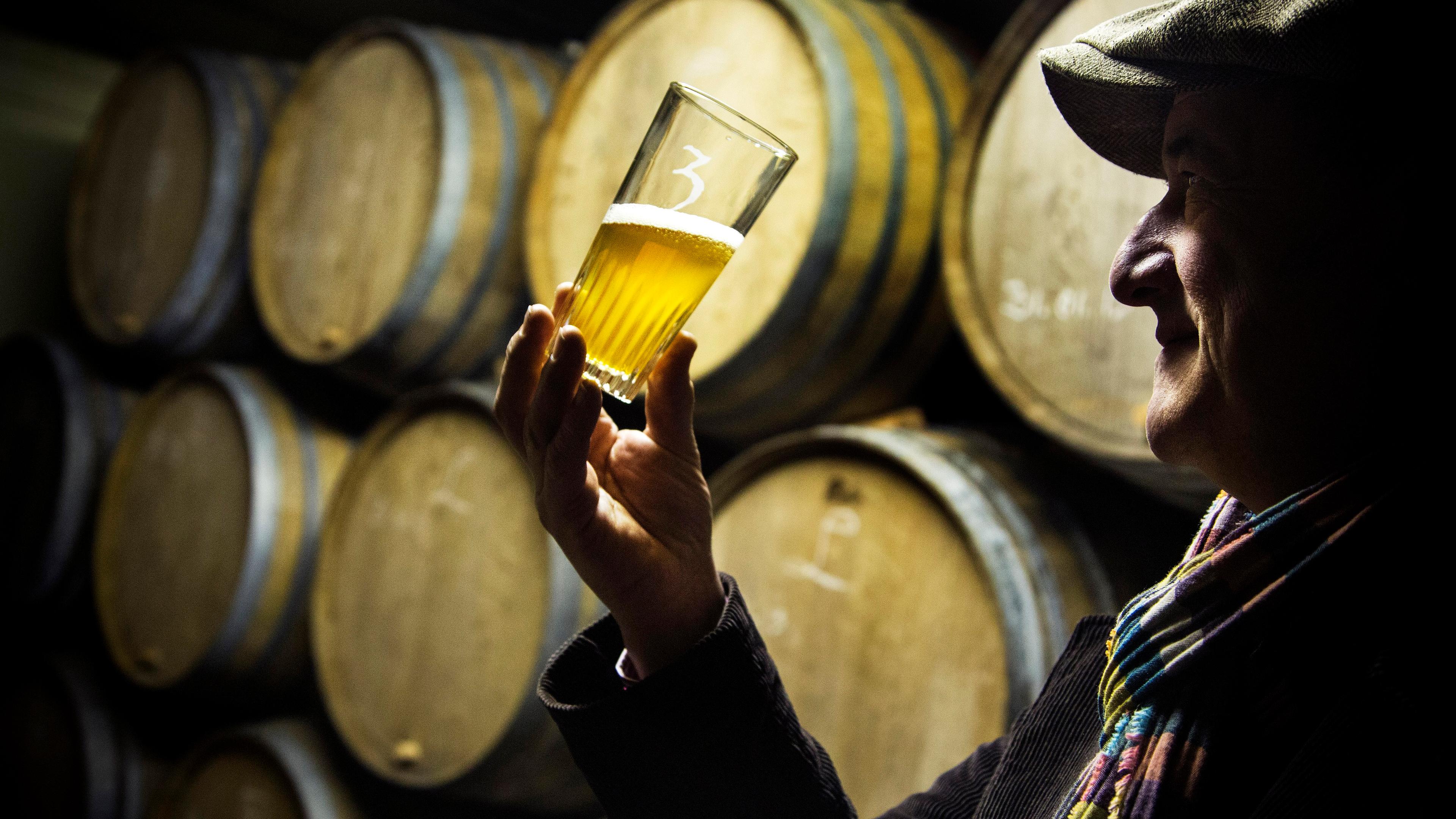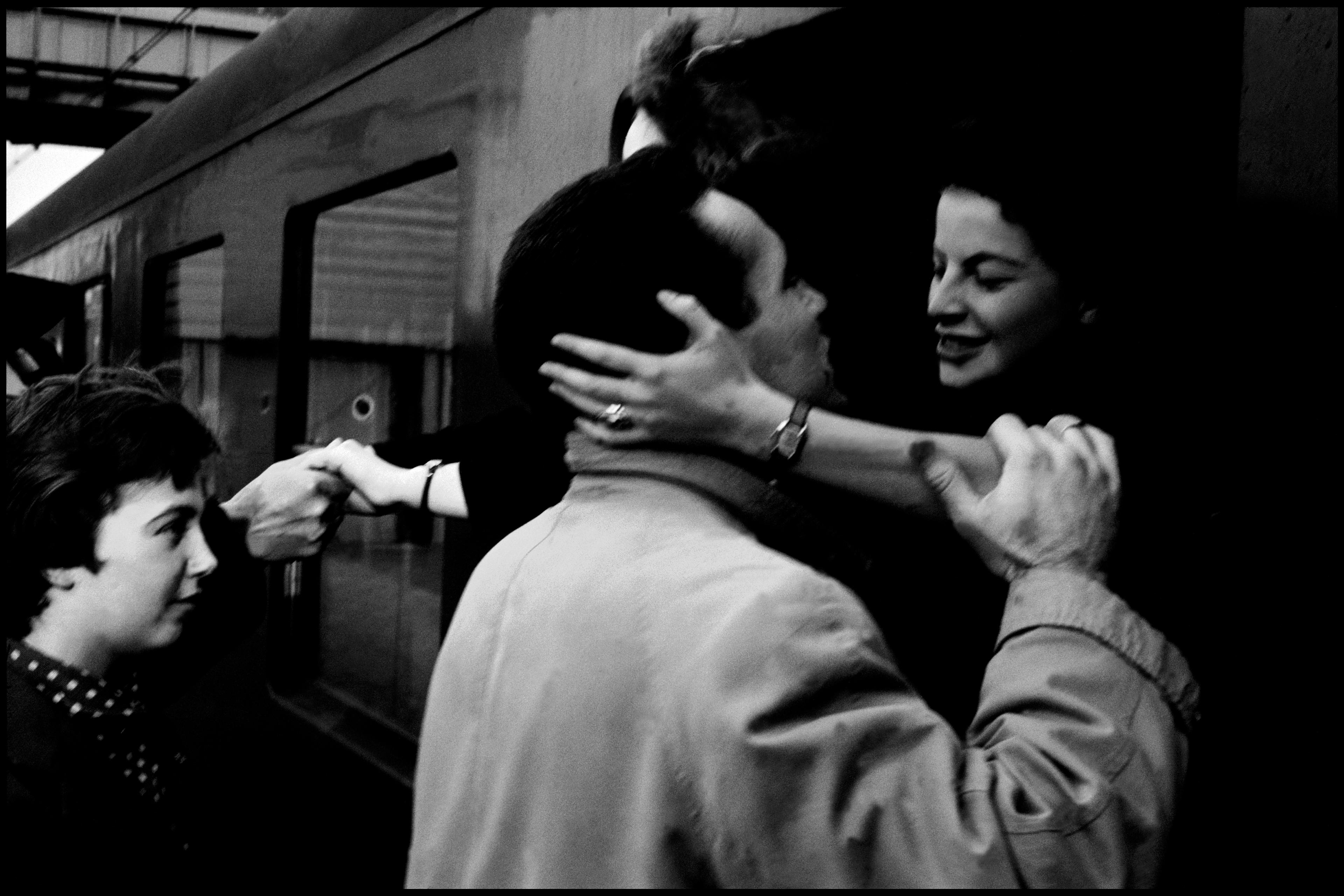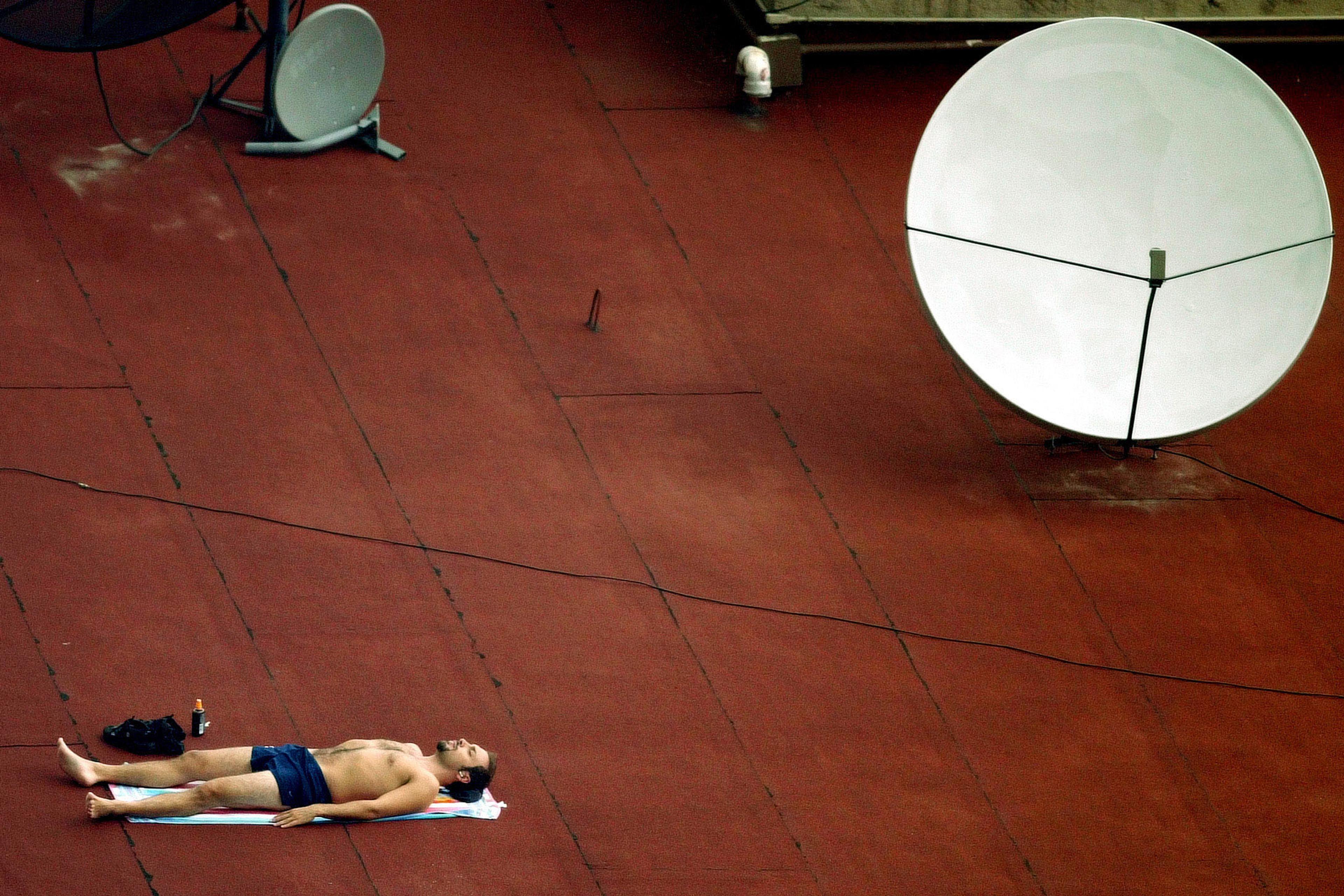‘Brewers make wort. Yeast makes beer.’ This is an adage among those who brew beer, including both amateur homebrewers (such as the present author) and professional brewers. I am uncertain as to its source. It is probably of relatively recent origin, historically, since prior to the 19th century there was little understanding of the role of yeast in fermentation. It is most likely a platitude. But it is a platitude that presupposes that what we do is limited to what we do with our bodies. Our intentional agency, on this view, does not extend into the world outside of our bodies. This is a very restrictive theory of agency. It fails to take into account how our agency is both structured by our environment and also extends into the world outside our bodies in various ways.
It is helpful to know just a bit about the process of brewing beer. There are four main stages of brewing: the mash, the boil, fermentation, and packaging. In brief, the mash involves the steeping of milled grains (which can include a mix of malted barley, oats, spelt, and/or wheat). Occasionally other grains such as flaked oats or flaked maize are included in the mash. The mash temperature should be high enough to cause enzymes in the grain to break down starches that are converted to sugars. These sugars are then consumed by the yeast in fermentation. The liquid collected from this stage in the process is what we call wort.
The next step is the boil. The main purpose of boiling wort is twofold: boiling the wort (1) stops any enzymatic activity, and (2) helps condense the wort. After the boil, once the wort has cooled to the right temperature, the brewer will pitch a slurry of yeast into the wort (but, in the case of some wild ales, the wort is placed in an open vat and exposed to ambient yeast in the environment). The time it takes for the wort to ferment and condition depends on the yeast strain. Hops may be added at any point in the process: in the mash, during the boil, and during fermentation and conditioning. Some hop-forward styles (for instance, some IPAs) involve additions at each stage. Other styles (for instance, sour ales) require only a very small addition of hops in the boil. Once the beer has fermented, it is carbonated and packaged (with the carbonation being either via a ‘natural’ process of conditioning in a bottle or cask, which exploits residual yeast, or by forcing carbon dioxide into the fermented wort in a keg).
You may have noticed I did not say much about the role of the brewer in this process. How should we think of the role of the brewer in the production of beer? Possible answers to this question will presuppose an understanding of the boundaries of human agency. That is, how one answers this question will tell us something about the limits of what we do. While there are various ways of representing the boundaries of our agency, I suggest grouping them into two broad families. One can be traced back to the work of the American philosopher Donald Davidson. The other is inspired by the work of another American philosopher, Harry Frankfurt.
On the Davidsonian conception of the boundaries of human agency, our agency is quite anaemic, being limited to our beliefs, desires and intentions causing behaviours. Davidson expressed this version of agency best in his essay ‘Agency’ (1971), where he writes: ‘We never do more than move our bodies: the rest is up to nature.’ On such a view, the mental causes of our actions play a momentary and ballistic role. They get the ball rolling, so to speak, moving our bodies. But that is all we do.
Frankfurt made what many take to be the most damning critique of the Davidsonian theory of agency in his article ‘The Problem of Action’ (1978). He noted that agents have a diminished role on the Davidsonian theory. Given that an agent’s work is over once their intention causes a bodily movement, the agent is left out of the picture once they initiate the behaviour they intended. If the agent has an ongoing role in producing an outcome, it is a punctuated role that is limited to the agent or mental events in the agent being the temporally antecedent cause of what they do.
Frankfurt offered a more capacious conception of the boundaries of human agency. He argued that agency is characterised by a process being under the guidance of an agent. He took this as having very little to do with causation. But he assumed the rather austere view of causation presupposed by many proponents of the Davidsonian picture, on which the work of a mental cause is completed once the agent’s body begins to move. On this account, the work of a cause is over as soon as its effect begins to be realised.
An alternative to the view of causation presupposed by both Davidson and Frankfurt takes causal processes to be more dynamic. On this alternative approach, which is inspired by Aristotle’s theory of causation, causal processes involve constellations of objects (including both the agent and objects in their environment) and their properties (which are causal powers of the interacting objects) interacting and mutually activating one another to jointly produce outcomes at which they are collectively directed (such as an agent’s bringing about an intended outcome). The causal process, and the role of the agent in a causal process, terminates only when the outcome at which the process is directed is realised. This sort of theory of causation sits comfortably with a Frankfurtian conception of agency. Exercising agency is an ongoing causal process involving the agent embedded in and responding to their environment, guiding the process toward the end at which the process is directed.
There is still a role for executive mental states such as intentions on the causal version of the Frankfurtian story. An agent’s intention represents a plan for achieving a goal. The agent’s intention fixes the telos toward which they are guiding the causal process. Their exercise of intentional agency shares the boundaries of the causal process they are guiding. Thus, the agent’s causal role is an ongoing one. It terminates when the intended outcome is realised (or, in the case of a failed attempt, when the agent stops trying to achieve their intended goal).
What we have before us, then, are two conceptions of our intentional agency and its boundaries: the Davidsonian and the Frankfurtian. On the Davidsonian theory, our agency is best described as ballistic and punctuated, even if it is goal-directed. That brewers even make wort seems like a stretch on this view, given that their intentional agency seems limited to the mental causal role of causing bodily movements described above. On the Frankfurtian approach, our intentional agency extends out into the world as we guide causal processes toward a specified goal. Even when we intentionally omit to act, we exercise agency by intentionally attending to our environment and being responsive to causal inputs delivered by our perceptual modalities. It is not a stretch to say that brewers not only make wort but make beer on this account.
The Frankfurtian theory strikes me as the more promising way to think about the nature of intentional agency, in general. In the case of brewing, it presents us with a more accurate representation of the role of the brewer in the production of beer. As any brewer will attest, producing beer is a process that is carefully planned: from the water chemistry all the way through to how it is packaged for consumption. It is a controlled process that is directed at a specified goal. This even extends to the role of the yeast (the putative maker of beer). That one yeast strain is chosen over another is not an accident. And the process of the yeast fermenting the wort is guided by the brewer. For instance, the brewer adjusts the temperature at various stages in fermentation to realise their goal of a beer with specific qualities. The entire process of producing beer, from start to finish, is one that is guided by the brewer. There is no stage of the brewing process at which the brewer is not in the driver’s seat, so to speak, being sensitive and responding to various inputs as they guide the process toward the goal of making beer. Admittedly, some brewers are more skilled at the craft of brewing than others, so how well they guide the process will differ from brewer to brewer. But the role of the brewer ought not to be diminished to being someone who merely produces wort (at best) that is fed to yeast to convert into alcohol. The brewer sets the goal. They formulate a plan to achieve their goal. And the brewer guides the process to its completion. In brief, the brewer makes beer.








